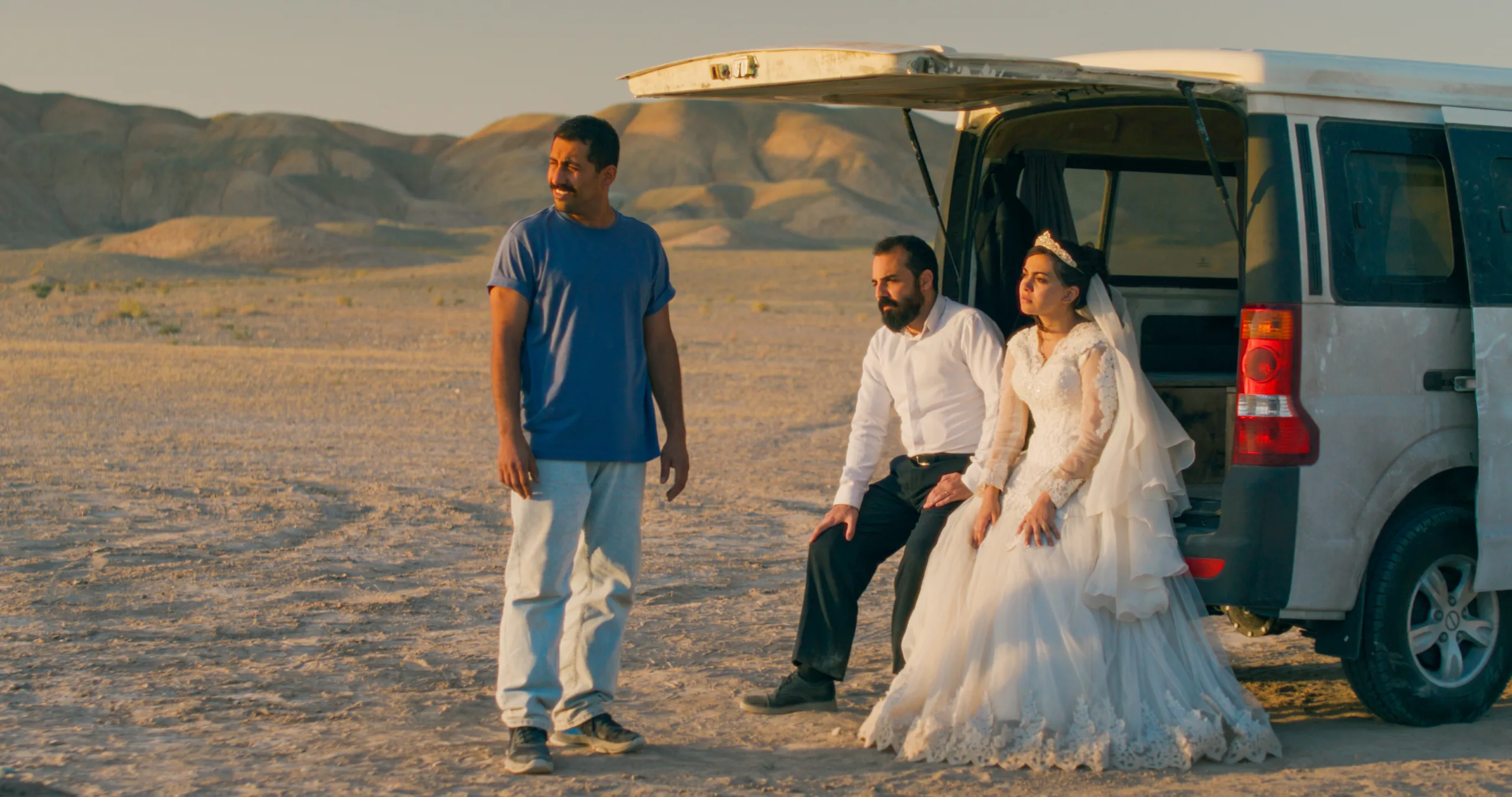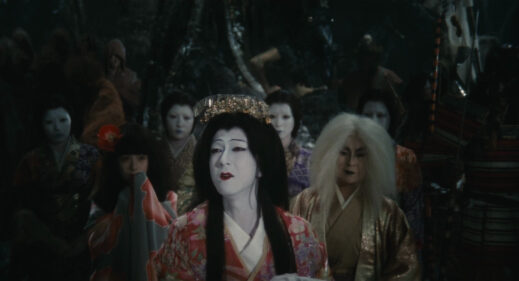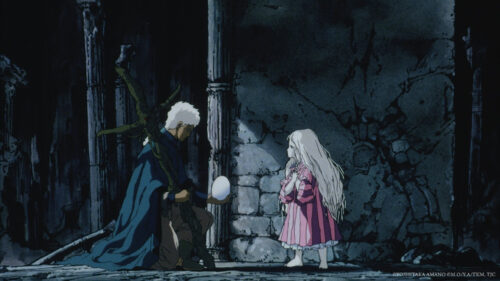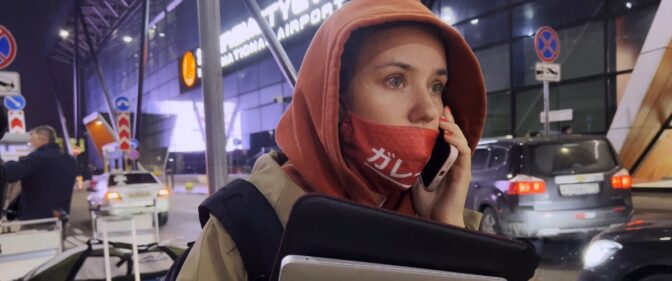Much has been made of the length of standing ovations after Cannes screenings, but the most memorable one this year was before the film even began. Jafar Panahi came to Cannes and shook the entire festival, not only by presenting one of his best films, but by attending the world premiere in person, something one would have thought impossible not long ago, and his first time physically at Cannes since 2003. His arrival at the Palais got the audience to their feet for a rare pre-film standing O, which felt earned through this master’s incredible courage.
And then the film played, reminding the world of Panahi’s talent through a powerful, political, and personal piece of work that ranks among his best. For me, a critic who had to part ways with Cannes too early to see acclaimed new films by Bi Gan, The Dardennes, and Joachim Trier, but still managed to see over 30, “It Was Just an Accident” was the best film of Cannes 2025. It’s a drama that left me speechless and wondering if it wasn’t the career-best work from Panahi, an incredible thing to even consider.
While he’s become increasingly form-breaking while in conflict with the Iranian government, Panahi hadn’t made a traditional narrative feature since 2006’s “Offside.” After his arrest in 2010, he was sentenced to six years in prison, house arrest, and forbidden from making films. The next year, his “This is Not a Film” played at Cannes, rumored to have been smuggled to the fest in a cake (Panahi has recently denied this apocryphal tale). From this point on, Panahi pushed the boundaries of what he could get made outside of the eye of the government that considered him a criminal, producing “Closed Curtain,” “Taxi,” “3 Faces,” and “No Bears,” all must-sees in which he often stars as himself, unpacking his situation as an artist in a country that considers his voice a threat. Now that the sentence that forbade Panahi from making films has been annulled, he can turn his camera outward again.
“It Was Just an Accident” filters all of the above through a breathtaking, spiraling tale of possible vengeance. It opens with a man named Eghbal driving at night with his wife and daughter, when their car hits a dog on the road, although we never see the actual canine. From the beginning, Panahi and his cinematographer Amin Jafari are working with confined POV, keeping the camera on Eghbal’s face as he walks to the back of the car and disposes of the creature, lit perfectly by the red taillights, a color choice that will return in a key scene late in the film. What is unseen and unknown will become crucial to what happens next. When drama happens, it’s shaded in red.
Eghbal ends up at a garage nearby, where the owner, Vahid, is in an office upstairs. Vahid hears the squeak of the false leg that Eghbal uses to walk, and the fear on his face is palpable. Echoes of Ariel Dorfman’s incredible Death and the Maiden resonate as we learn that Vahid recognizes that sound as the one that clued him into the arrival of his torturer when he was in prison. Vahid moves quickly, kidnapping Eghbal and setting about burying this evil man alive, but Eghbal insists he has the wrong man. He only lost his leg a year ago. He can’t be the guy.
From here, Vahid assembles a coterie of people who could confirm his suspicions of Eghbal. His first contact, a bookseller named Salar, points him in the direction of wedding photographer Shiva, who brings in a bride named Goli, a groom named Ali, and a final man named Hamid. Different approaches to vengeance and certainty clash in a film that can also often be unexpectedly funny, such as when they run out of gas and have to push the van—Goli still in her wedding dress—or the several nods to how expensive all of this ends up being for Vahid as he has to bribe his way around the city.
Of course, most of the big questions in “It Was Just an Accident” center on the morality and purpose of vengeance. Eghbal insists he’s innocent. If they’ve been torturing and killing an innocent man, how could that possibly relieve their own trauma? And is there any way for them to know for sure that they have the right guy? Hamid is so convinced it’s him that he wants drastic action, but Vahid is clearly a man who has tried to live a decent life since his imprisonment. What could any action here possibly bring him?
Panahi again refuses to work in a dramatic register that provides simple answers to complex moral questions. He is a deliberate, refined filmmaker, but his films also hum with the emotional strength of personal demons. One doesn’t need to read the press notes to know that this project emerged from questions about what he would do if he ever encountered his interrogators—it’s all up on the screen. And his masterstroke is how he refuses to come to easy conclusions, ending on a note that’s one of the most unforgettable I’ve ever seen, a reminder of how trauma can approach on any given day like a stray dog in the middle of the road.
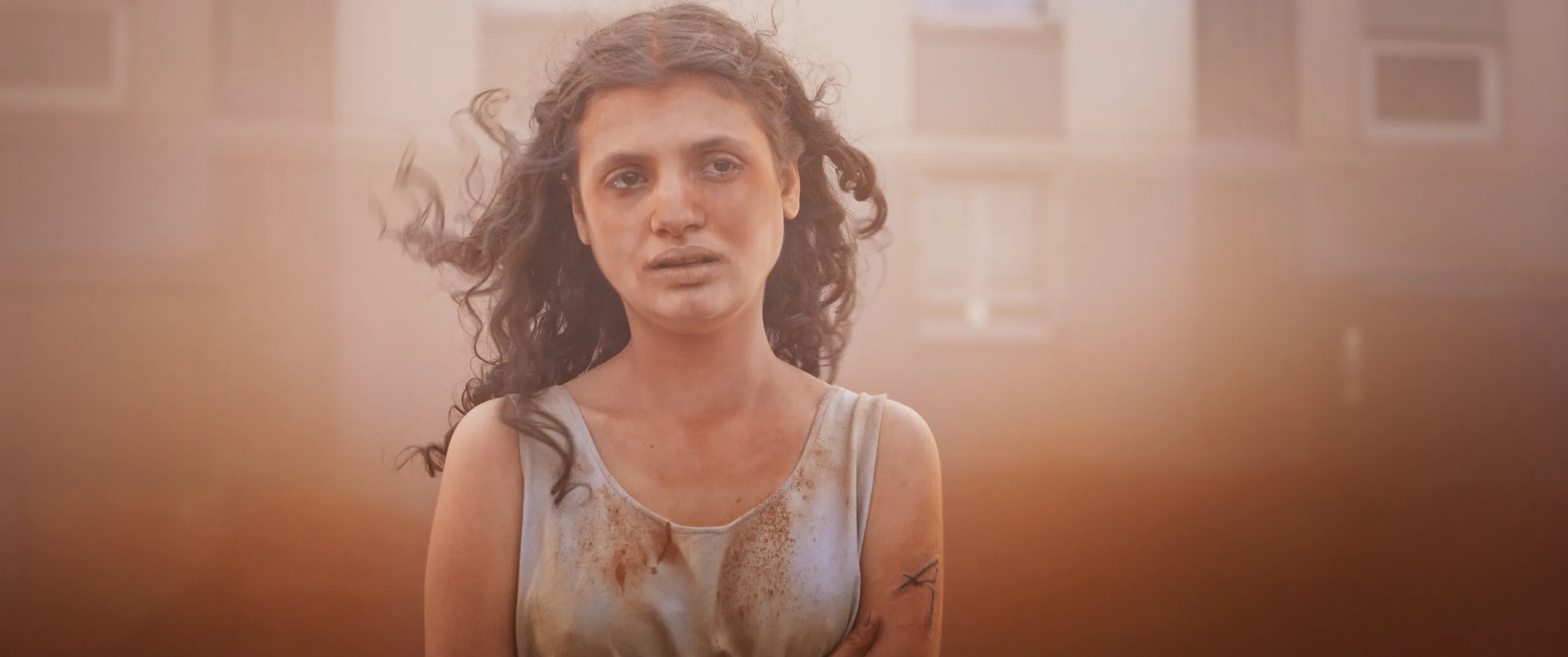
Julia Ducournau, the writer/director of the fantastic “Raw” and the Palme-winning “Titane,” is also playing with trauma in her third film, “Alpha,” but it’s done in a way that lacks sophistication and subtlety. Easily her worst film, this is a case of a talented filmmaker refusing to flesh out her ideas in a way that supports a feature runtime, circling the same drains over and over again until the repetition pushes any possible audience member engagement out the back of the theater.
The worst competition film I saw this year, “Alpha” has a few striking visuals, but they’re in service of a movie that runs out of ideas and things to say before it’s even close to half over, forcing viewers to suffer the rest of this misfire in a sort of numb daze. I happened to see it during a torrential downpour in Cannes that added the sounds of actual thunder and rain in a few key moments. This unexpected enhancement was one of the better aspects of the experience.
Ducournau plays with three meanings of the “A” that the 13-year-old girl Alpha (Melissa Boros) gets tattooed on her skin as the film opens. It’s an “A” for her name, an “A” for the AIDS crisis that this film is clearly meant to parallel, and an “A” in the vein of Nathaniel Hawthorne, as Alpha is ostracized from her peers at school, considered poisonous. It’s also another way for Ducournau to play with themes of bodily autonomy and manipulation, and I admired how she opened her film with a scene of lesions that transitioned into the ink of the tattoo needle hitting the skin. How we mark ourselves and how others mark us is a thematically rich idea, even if the film’s greatest disappointment is how a filmmaker who loaded her last movie with subjects to explore seems more content to raise them superficially here.
It turns out that Alpha exists in a world with a deadly bloodborne disease that essentially turns people into dust. The film’s best scenes feature the filmmaker’s design for the impact of this unnamed disease, one that turns pink flesh into colorless, broken sand. Some victims look almost metallic, while others resemble the ground of a barren desert. One of the afflicted is Alpha’s uncle Amin (Tahar Rahim), an addict whose sister, known only as Maman or “Mother” (Golshifteh Farahani), has saved multiple times. A nurse herself, Maman’s concern that Alpha may have contracted the disease that’s killing her brother forces the three of them into isolation.
More than either of her previous films would have suggested possible, Ducournau seems lost, unable to take the ideas that form her narrative anywhere unexpected. What she’s saying about disease, memory, and even how we isolate what we don’t understand has nowhere to go beyond the idea stage. And, worst of all, she uses repetition to replace the shallowness of the project, repeating ideas and themes as if doing so will give them purpose. The recycling of ideas and even plot points could be part of the point—that we make the same mistakes over and over again when it comes to addiction and disease—but that’s a generous reading of a film that feels like the kind of misfire that often erupts after a filmmaker’s most vibrant success.

